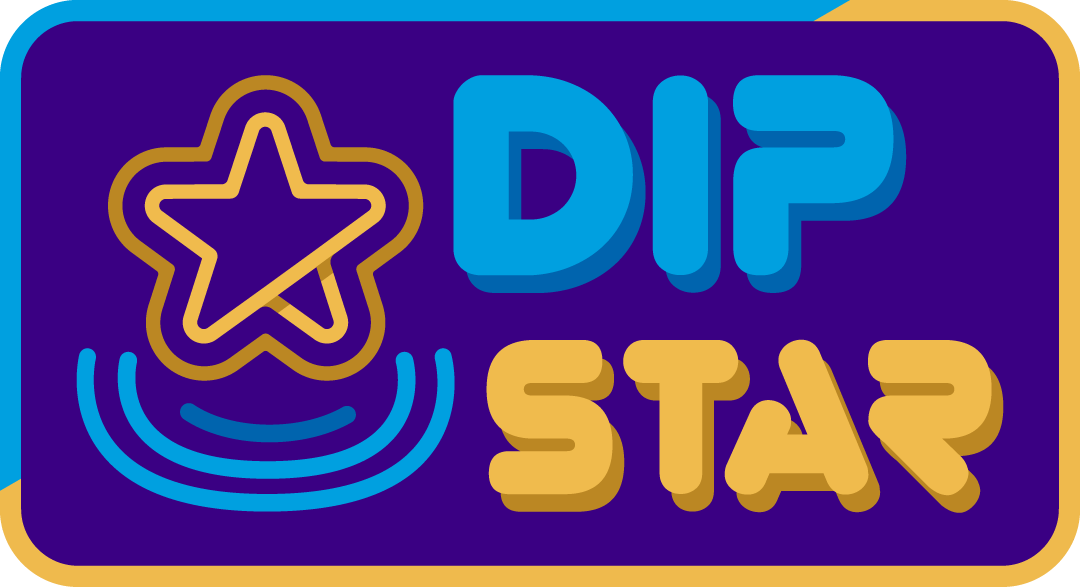Facebook Messenger chatbots have been used for some time and their integration with the social media platform has made them extremely popular with businesses. Unlike disjointed apps, Messenger bots can recognize intent and conduct human-like conversations. By creating a Messenger bot, businesses can offer personalized attention to their customers, solve their queries in real-time, and build customer loyalty. In addition, they can enable transactions and payments. For these reasons, Facebook Messenger chatbots are essential for any business.

In a previous article, I wrote about a Facebook Messenger chatbot created by the Wall Street Journal. This bot shows you how to create social media leads on autopilot. The bot delivers value while showcasing your expertise, and captures contact information. In this way, you can generate social media leads on autopilot. It’s a great way to show your expertise while capturing lead contact information. The Wall Street Journal is an excellent source of topics related to your business.
Another important factor to consider when creating a Facebook Messenger chatbot is how Facebook’s algorithm will recognize and respond to your customers. This allows you to tailor the content of your message to their specific needs. For example, if Lisa is a customer of yours, she wants shipping updates to her Messenger account. With a Facebook Messenger chatbot, she can get these updates in the form of a pre-approved format (called Message Tags).
Creating a Facebook Messenger chatbot is simple – all you need is a basic knowledge of HTML. After importing your data and building a simple design, you can start building your chatbot and begin testing. Using the platform’s discovery algorithms, you can test and tweak the chatbot’s functionality in as little as 30 minutes. If you’re not happy with the results, you can make changes to your Facebook Messenger chatbot and start generating new leads.
Using a Facebook Messenger chatbot can help you reach your customers on a daily basis. You can automate tasks that are not necessary, like announcing new products or keeping track of shipping. The Facebook Messenger chatbot can even reply to simple questions and let them know the status of an order. In this way, you’ll save human resources that could be better used for more complex conversations. If you’re not the kind of person who loves talking to strangers, a Facebook Messenger chatbot might be just what they’re looking for.
As with most chatbots, Facebook Messenger chatbots are designed to be highly personalized. A business can’t afford to hire a full-time employee to respond to customers and prospects on a daily basis, so a chatbot can reduce the need to spend time on answering each message individually. And because Facebook users are so accustomed to using Messenger, it’s important to ensure that your customers don’t have to wait for you to reply.
A Facebook Messenger chatbot can be useful for businesses. Depending on your business goals, a Facebook chatbot may not be the right solution for you. You need to use your employees’ expertise and time to build a Facebook messenger chatbot to serve your customers. A Facebook Messenger chatbot isn’t a substitute for human support, but it does provide an automated option for customers. The bot will be helpful to your customers and will save you time, energy, and money.
Using a Facebook Messenger chatbot will allow you to automate your customer support operations. A bot will be able to take orders and make payments. This will allow you to streamline customer service and increase revenue. By using a chatbot on Facebook, you can meet your customers on the platforms they prefer. Moreover, it can streamline the scheduling process, making in-store employees focus on personal interactions. A customer can place their order for the right product, service, or other information with just a simple click of the button.
Using a Messenger chatbot can also help you get more sales and brand recognition. For example, prAna chatbot uses a casual conversation style. For example, a prAna bot will use a casual tone. A grocery store’s bot would have a more professional tone, while a law firm’s chatbot would have a friendly tone. Similarly, a prAna chatbot might include food puns, while a fashion brand’s will use a more formal tone.


